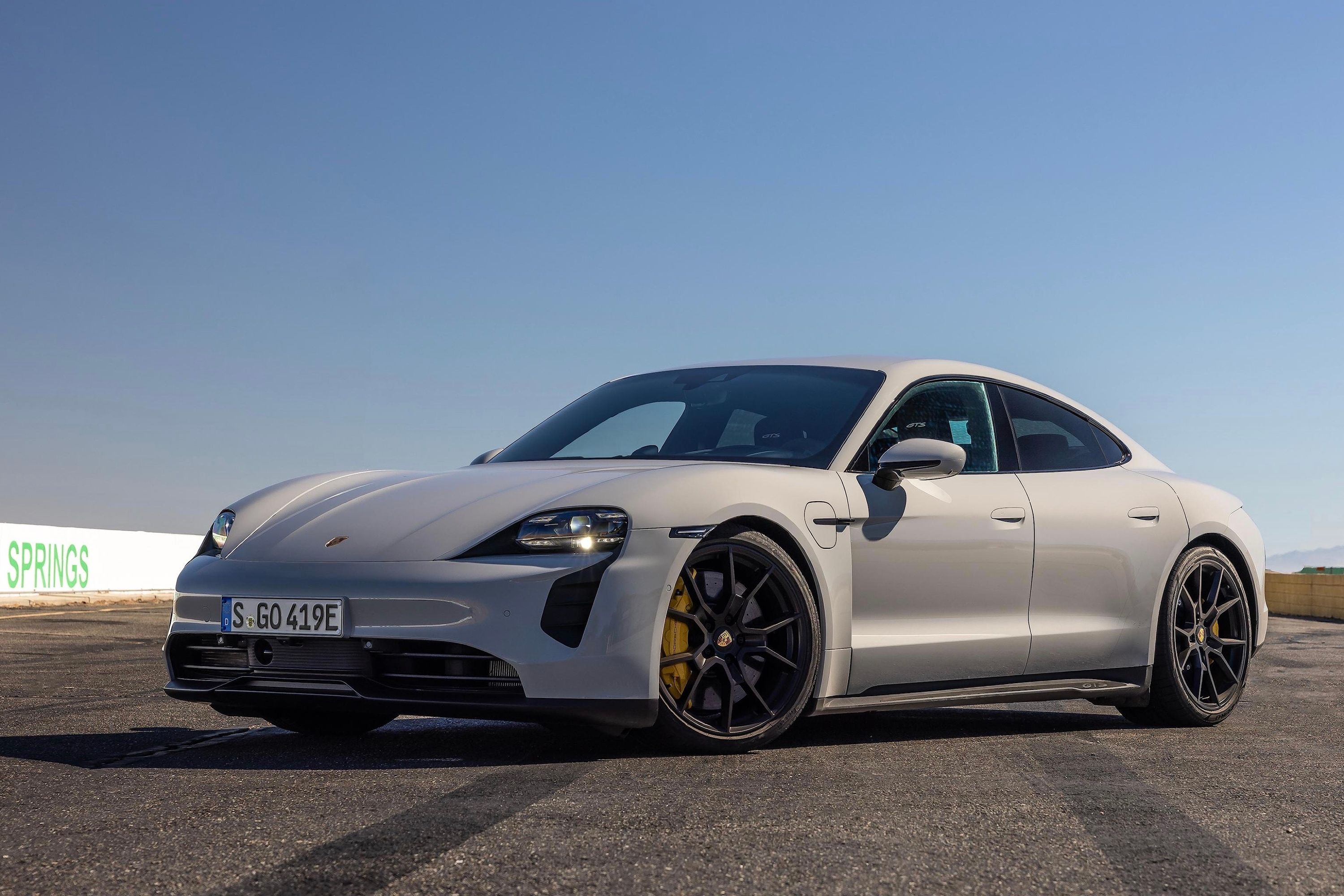
According to a new patent unearthed by CarBuzz at the German Patent and Trademark Office (DPMA), Porsche has figured out a way to make 3D holograms a viable possibility to help cars communicate with other road users.
Porsche's hologram system is made possible by advancements in digital signal processing and micro-electronics and probably flows from their research into hologram-based head-up display (HUD) systems. According to the patent document, the projector will be downsized to be near-invisible on a vehicle's roof, and a compact control module in the car can handle the visual data processing.
Should this system reach the market, it will likely be fitted to their electric Porsche Taycan range first to add an extra visual identifier as compensation for the EV's near-silent running.
According to the patent drawings, the holographic projector unit looks somewhat underwhelming. It consists of a small module perched in the middle of the illustrated car's roof - much like a satellite radio antenna, only flatter. In the patent application, Porsche says that the hologram projector is shaped to be advantageous for the vehicle's aerodynamics.
The projector module is tasked with generating the 3D image above the vehicle's roof by employing a horde of tiny laser-emitting elements to build up individual pixels, which can cover the entire RGB (a color model in which red, green, and blue are the primary colors) range at an extremely high display frequency.
The real magic happens under the car's skin, where the 3D projector's high-speed image processor can generate various images on demand. The patent mentions projecting road hazard warnings to other motorists and mirroring the car's indicator and brake signals, along with text bubbles and other predefined communication symbols.
This is where the hologram idea runs into some likely trouble due to the possibility that tech-savvy owners or hackers might be able to modify the variety of predefined text messages built into the processor module. Profanity is one issue that comes to mind, and explicit images aren't off the table, either. Forget about rude license plates. This is some next-level stuff.
The other possible horror is paid advertising on top of cars. Nobody wants to see a 3D image advertising something or another right in their field of vision while driving.
Unfortunately, it is a given that advertisers will find ways to bombard consumers with ads for their products should this invention reach the market. It will be interesting to see how Porsche navigates the various challenges, but this invention can change the way we drive and see traffic in the future.
